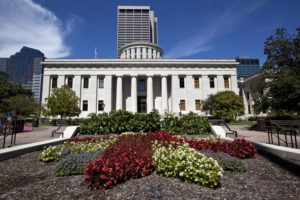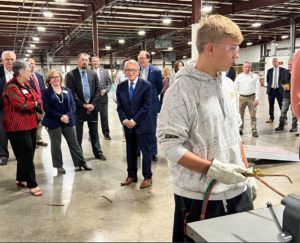Policy group wants Ohio to use ARPA money to fund students first
(The Center Square) – An Ohio policy group believes the state should use federal funds to expand private school options for students and parents and increase money used for after-school programs…

(The Center Square) – An Ohio policy group believes the state should use federal funds to expand private school options for students and parents and increase money used for after-school programs to help offset learning losses associated with the COVID-19 pandemic.
In a policy memo, The Buckeye Institute urged state lawmakers to take a students first approach to education funding and use part of Ohio’s $2.6 billion take from the federal American Rescue Plan Act to expand the Ohio Afterschool Child Enrichment program.
The Buckeye Institute’s Greg Lawson, research fellow at The Buckeye Institute, said the state should expand the program from 300% to 400% of the federal poverty level and increase K-12 education savings accounts to $1,000 to program students who lost classroom time during the pandemic.
“Ohio’s K-12 students have been harmed by the COVID-19 disruption. To prevent further long-term damage, lawmakers should give families the financial resources needed to help close the educational gaps exposed by the pandemic,” Lawson wrote. “Wisely spent, ARPA dollars could help Ohio take a critical first step toward a ‘students first’ approach to education funding with an expanded ACE program followed by making broad-based education savings accounts available to more families.”
Lawson pointed to studies from Ohio State University and McKinsey and Co. that show students could be anywhere from several months to a full academic year behind where they would have been with the COVID-19 disruption.
“Flexible ESAs will help families close pandemic-related learning gaps. As The Buckeye Institute’s research shows, an expanded ESA program would enable parents to tailor their child’s education to better meet a student’s individual learning needs,” Lawson wrote.
Ohio currently contributes $500 to an eligible student’s ESA. The money can be used for things like private schools, textbooks, tutors, online classes or saved for college.
The state also has five voucher programs, including the EdChoice program that provides money for students from designated public schools to attend private schools.



